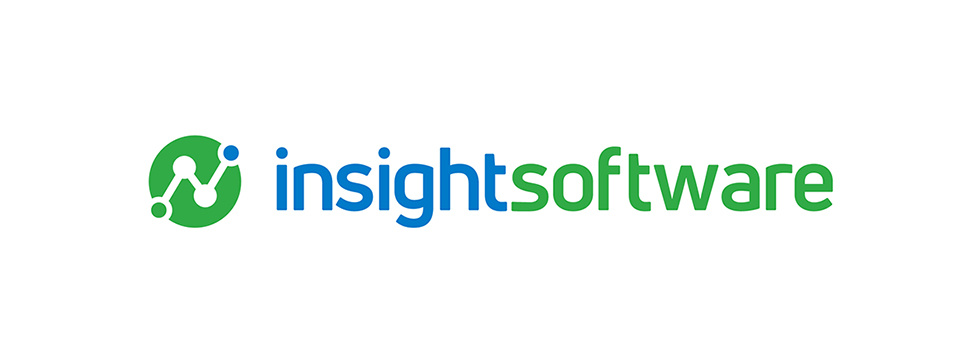There has been some confusion surrounding the new lease accounting standards, and we would like to help clear up any misconceptions and help keep your company compliant. In this article, we will address the differences between ASC 840 and the current FASB lease accounting standard, ASC 842, with a focus on the lessee accounting treatment. There are some significant differences between the two lease accounting standards. Let’s dive in.
ASC 840 Summary
ASC 840, Leases, is the former lease accounting standard for public and private companies that follow US GAAP. Under ASC 840, leases were classified as either capital or operating, and the classification significantly impacted the effect the contract had on the company’s financial statements. Capital lease classification resulted in a liability that was recorded on a company’s balance sheet, whereas operating leases did not impact the balance sheet. Operating leases may have been disclosed in the footnotes of the financial statements, sometimes within the Commitments and Contingencies disclosure.
Balance Sheet Recognition for Operating Leases
Based on feedback from the investing community, the SEC decided that the accounting presentation of operating leases did not provide true visibility regarding the liability for future lease payments. Under ASC 840, operating leases did not impact the balance sheet. However, under ASC 842, the future lease payments for operating leases are required to be recognized on the balance sheet. As a result, FASB announced the initiative to update the lease accounting standard. As noted in the exposure draft, “it is important that lease accounting should provide users of financial statements with a complete and understandable picture of an entity’s leasing activities.”
ASC 840 to ASC 842 Transition Date
Public calendar-year companies had until January 1, 2019 to adopt the new standard, ASC 842, Leases. While calendar-year private companies were initially required to adopt by January 1, 2020, the FASB amended this last summer after many companies felt unprepared for the transition. Now, calendar-year private companies are required to transition to ASC 842 by January 1, 2022.
Don't Risk Non-Compliance
Learn the New Lease Accounting Standards in This Webinar.
ASC 840 vs ASC 842
We have highlighted a few of the key differences below:
1. When Is Lease Classification Determined?
Under ASC 840, lease classification (that is, determining if a lease is a capital or operating lease) was determined when the lease was executed (i.e. lease inception). Under ASC 842, the lease classification (finance or operating) is determined at lease commencement.
2. Lease Payments and Executory Costs
Under ASC 840, minimum lease payments are defined as payments that a lessee is obligated to make in connection with the leased asset, excluding contingent rentals and executory costs. The minimum lease payments are the payments that were required to be capitalized for a capital lease under ASC 840.
Under ASC 842, fixed payments and “in substance” fixed payments are identified as payments that will determine the amount of the liability and corresponding asset recorded on the balance sheet. These fixed payments likely include base rent as these payments are known and fixed throughout the life of the lease. “In substance” fixed payments are payments that may appear to be variable, but are in effect, unavoidable.
Executory costs (i.e. insurance, taxes, maintenance) are terms that are defined under ASC 840, and the treatment of these costs has changed between the two standards. Under ASC 840, these costs were excluded from all of the lease calculations. Instead of executory costs, ASC 842 introduces the concept of lease and non-lease elements. Lessees are now required to allocate lease payments for these items to lease and non-lease components. ASC 842 requires entities to evaluate whether the costs represent payments for a component of the contact (i.e. a lease component) or whether the payment is for a good or service transferred to the lessee that is separate from the right to use the underlying asset (i.e. a non-lease component.) Unless the company takes advantage of a practical expedient in which the lessee can combine the lease and non-lease components, the payments related to the identified lease components are the amounts that are included in the balance sheet capitalization. Based on this definition, insurance and taxes will be allocated amongst the lease and non-lease elements, whereas maintenance would be considered a non-lease element and not included within the lease payments. Therefore, under ASC 842, costs associated with taxes or insurance could be included in the lease payments, whereas they would be excluded under ASC 840.
3. Are the Criteria for Lease Classification the Same?
Under ASC 840 there were four tests to determine lease classification:
- Ownership transfer
- Bargain purchase option
- Lease term greater than or equal to 75% of useful life of the asset
- Present value of minimum lease payments greater than or equal to 90% of fair value of the leased property
Under ASC 842, these four criteria generally remain, although the bright-lines related to the 75% and 90% were removed. Under ASC 842, a fifth test was added focusing on highly specialized assets. Under this test, if the leased asset is so specialized that at the end of the lease term it will have no alternative use to the lessor, then the lease is classified as a finance lease.
This fifth test is new for lease accounting and therefore, this could result in a lease being classified as a finance lease under ASC 842 when it would have been an operating lease under ASC 840. However, we have tended to see that if a contract trips up this specialized use test, it would also have tripped one of the other tests, since a lessor wants to ensure the arrangement is profitable.
4. Fair Value Adjustment
Under ASC 840, a lessee cannot record a capital lease asset that is greater than the fair value of the asset. In such scenarios, companies are required to increase the discount rate to a rate that will reduce the asset, and the lease liability, to an amount equal to the fair value of the underlying asset.
Under ASC 842, the asset should be recorded at the amount calculated using the appropriate discount rate (the rate implicit in the lease if known, or incremental borrowing rate), even if the ensuing amount exceeds the fair value. Subsequently, the asset will then be tested for impairment and written down if necessary.
5. Difference in the Discount Rate Used
ASC 840 requires companies to use the rate implicit in the lease (if known) or the company’s incremental borrowing rate. Under ASC 842, companies should first look to recognize the lease using the rate implicit in the lease. Lessors should know this rate and therefore, are required to use it. However, for lessees, this rate is often not readily available, so lessees are permitted to use the incremental borrowing rate.
Therefore, under both ASC 840 and ASC 842, a lessee is often using the incremental borrowing rate to account for the lease. However, the “incremental borrowing rate” is defined differently in both standards. Under ASC 840, the incremental borrowing rate is “the rate that, at lease inception, the lessee would have incurred to borrow over a similar term the funds necessary to purchase the leased asset” whereas, under ASC 842, it is “the rate of interest that a lessee would have to pay to borrow on a collateralized basis over a similar term an amount equal to the lease payments in a similar economic environment.” This distinction in the definitions is under ASC 842, this rate relates to a rate a company would be charged to borrow, assuming collateral, over a similar term, whereas under ASC 840, the rate used was very often the Company’s borrowing rate that was obtained from Treasury. As such, under ASC 842, a company will have to put more effort into identifying the appropriate discount rate to record for each lease.
6. Residual Value Guarantees
The accounting treatment for a residual value guarantee changes slightly under ASC 842. This term is primarily found in equipment or vehicle contracts.
When calculating the capitalized lease liability under ASC 840, the entire amount of any residual value guarantees were included in the minimum lease payments. Under ASC 842, however, only the amounts expected to be owed at the end of the lease term should be included as lease payments when determining the lease liability.
Hopefully, this blog has provided clarity on the key differences between lease accounting under ASC 840 and accounting for leases under ASC 842.
Need Some More Information?
Watch Understanding the New Lease Accounting Standards.
Click Here to view the original blog post.





